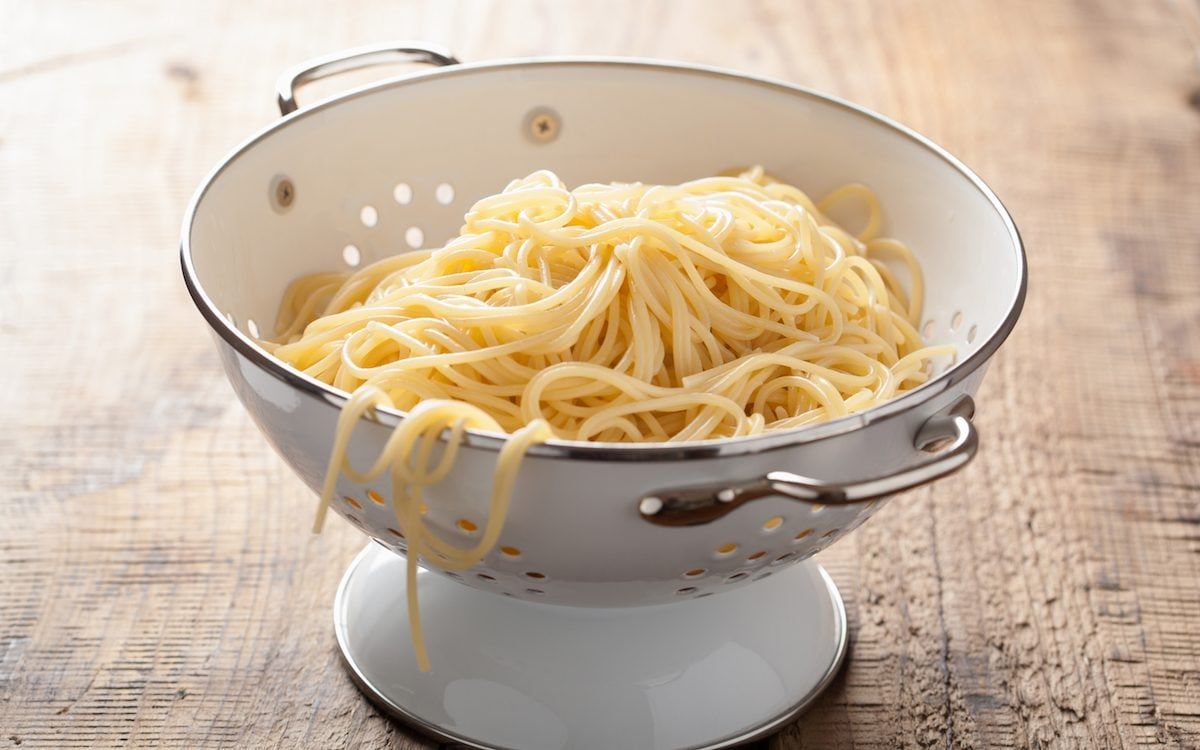

Articles
How To Store Leftover Noodles
Modified: October 19, 2024
Learn the best ways to store leftover noodles and keep them fresh for longer. Check out our informative articles on proper noodle storage techniques.
(Many of the links in this article redirect to a specific reviewed product. Your purchase of these products through affiliate links helps to generate commission for Storables.com, at no extra cost. Learn more)
Introduction
Leftover noodles are a common occurrence after enjoying a delicious pasta dish or a hearty bowl of ramen. But what do you do with those extra noodles? Instead of letting them go to waste, there are several smart and tasty ways to store and repurpose leftover noodles. By following the proper storage techniques and reheating methods, you can ensure that your noodles stay fresh and flavorful for future meals.
In this article, we will explore the best practices for storing leftover noodles, including refrigeration and freezing methods. We will also discuss creative ways to use those noodles in different dishes, as well as safety measures and shelf life considerations.
So, whether you have a plate of spaghetti or a bowl of udon noodles sitting in your fridge, let’s dive into the world of leftover noodles and discover how to make the most of them.
Key Takeaways:
- Don’t let leftover noodles go to waste! Properly store them in airtight containers or freezer bags, label with dates, and get creative with reheating and repurposing for delicious meals.
- Prioritize food safety when handling leftover noodles. Follow proper storage guidelines, understand shelf life, and experiment with different dishes to make the most of your leftovers.
Read more: How To Store Spaghetti Noodles
Proper Refrigeration Technique
When it comes to storing leftover noodles in the refrigerator, there are a few key steps to follow to keep them fresh and prevent them from drying out or becoming clumpy.
Firstly, allow the leftover noodles to cool down to room temperature before refrigerating them. This helps to minimize the risk of bacteria growth and maintain the texture of the noodles.
Next, transfer the noodles to an airtight container or place them in a ziplock bag. By sealing them tightly, you create a barrier that prevents air from entering and keeps the noodles from absorbing any odors in the fridge.
It’s important to choose the right sized container or bag for the amount of leftover noodles you have. Leaving too much empty space in the container can lead to faster spoilage, while overcrowding the container can cause the noodles to stick together.
Additionally, consider portioning the noodles into smaller servings before refrigerating. This makes it easier to grab just the amount you need for future meals, preventing unnecessary waste.
Label the container or bag with the date of storage to help you keep track of the noodles’ freshness. Leftover noodles should ideally be consumed within 3-4 days, so it’s crucial to stay mindful of the storage duration.
Remember to arrange the container or bag of noodles in a way that allows for proper airflow in your refrigerator. This helps maintain a consistent temperature and prevents the noodles from being exposed to temperature fluctuations.
By following these proper refrigeration techniques, you can ensure that your leftover noodles remain fresh, flavorful, and ready to be enjoyed in your next meal.
Freezing Leftover Noodles
If you have a surplus of leftover noodles that you won’t be able to consume within a few days, freezing is an excellent option to extend their shelf life. Freezing not only preserves the noodles but also allows you to have a convenient stash of pre-cooked noodles for future meals.
Here are the steps to properly freeze leftover noodles:
Preparing noodles for freezing:
1. Cook the noodles until they are al dente, slightly undercooked. Overcooked noodles tend to become mushy after freezing and reheating.
2. Drain the noodles thoroughly to remove any excess moisture. Properly draining the noodles prevents them from turning soggy during the freezing process.
3. Toss the noodles with a small amount of oil to prevent them from sticking together. This step is particularly important for long, thin noodles like spaghetti or linguine.
Packaging and labeling frozen noodles:
1. Divide the noodles into individual or family-sized portions based on your needs. This way, you can thaw only what you need for a particular meal, minimizing food waste.
2. Place the portions of noodles in freezer-safe containers or freezer bags. Ensure that the containers or bags are airtight to prevent freezer burn and maintain the quality of the noodles.
3. Label each container or bag with the date of freezing. Frozen noodles are typically best consumed within 1-2 months, so keeping track of the freezing date helps to ensure you use them in a timely manner.
4. If you’re using freezer bags, remove as much air as possible before sealing them. This helps to avoid freezer burn and keeps the noodles fresh.
5. Stack the containers or bags neatly in the freezer, making sure not to overcrowd them. Leaving space around the packages allows for better airflow and more efficient freezing.
By following these steps, you can properly freeze your leftover noodles and have them ready for convenient and delicious meals in the future.
Reheating Leftover Noodles
When it’s time to enjoy your leftover noodles, reheating them properly is key to maintaining their texture and flavor. Here are some methods for reheating noodles and tips to ensure they taste just as delicious as when they were freshly cooked:
Methods for reheating noodles:
1. Stovetop: Place the leftover noodles in a saucepan and add a splash of water or broth to prevent them from drying out. Heat them over medium-low heat, stirring occasionally until heated through. This method works well for pasta dishes and requires minimal effort.
2. Microwave: Transfer the noodles to a microwave-safe dish and cover with a damp paper towel to retain moisture. Microwave in short intervals, stirring in between, until the noodles are heated to your desired temperature. Keep an eye on them as microwaves tend to heat unevenly.
3. Oven: If you have a larger portion of noodles, you can reheat them in the oven. Place the noodles in an oven-safe dish, cover with foil, and heat at a low temperature, around 325°F (160°C), until warmed through. This method is ideal for baked pasta dishes like lasagna or baked ziti.
Tips for preserving texture and flavor during reheating:
– Add a little liquid: Noodles have a tendency to dry out when reheated. To prevent this, consider adding a splash of water, broth, or sauce to the noodles during reheating. This helps to restore moisture and prevent them from becoming dry and clumpy.
– Stir gently: When reheating noodles, stir them gently to redistribute the heat evenly. Avoid vigorous stirring, as it can break the noodles and result in a mushy texture.
– Avoid overcooking: Pay close attention to the reheating process to avoid overcooking the noodles. Overheating can lead to a loss of texture and make the noodles mushy. Heat them just until they are warmed through.
– Refresh with sauce: If your leftover noodles have become dry after reheating, you can revive them by tossing them with a bit of sauce or broth. This not only adds moisture but also enhances the flavor of the noodles.
– Consider pan-frying: For certain noodle dishes, such as stir-fries or fried noodles, pan-frying them in a little oil can help restore their texture and give them a nice crispy finish. This method works well for thicker or denser noodles.
By choosing the right reheating method and following these tips, you can enjoy leftover noodles that taste just as delicious as when they were first cooked.
Store leftover noodles in an airtight container in the refrigerator for up to 3 days. To prevent them from sticking together, toss them with a little oil before storing.
Creative Ways to Use Leftover Noodles
Leftover noodles can be incredibly versatile and lend themselves to various creative dishes. Instead of simply reheating them, here are a few ideas on how to repurpose your leftover noodles:
Repurposing noodles in different dishes:
1. Noodle stir-fry: Turn your leftover noodles into a delicious stir-fry by sautéing them with your favorite vegetables, protein, and sauce. Add some scrambled eggs or tofu for extra protein and a burst of flavor.
2. Noodle soup: Transform your leftover noodles into a flavorful soup by adding them to a broth along with diced vegetables, cooked meat, and seasonings. Let the noodles simmer until they are heated through and have absorbed the flavors of the soup.
3. Noodle salad: Create a refreshing and vibrant salad by tossing your leftover noodles with crisp vegetables, such as cucumbers, bell peppers, and shredded carrots. Top it off with a tangy dressing and some protein, like grilled chicken or shrimp.
Incorporating leftover noodles in salads or stir-fries:
1. Cold noodle salad: Mix your leftover noodles with a variety of fresh ingredients to create a cold noodle salad. Add crunchy vegetables, such as sliced radishes and snow peas, along with some herbs like cilantro or basil. Toss everything in a zesty dressing for a light and refreshing meal.
2. Crispy noodle nests: Shape your leftover noodles into nests and pan-fry them until they are crispy and golden. These crispy noodle nests can serve as a unique base for a variety of toppings, such as stir-fried vegetables, grilled meat, or even a poached egg.
3. Noodle omelet: Combine your leftover noodles with beaten eggs and sautéed vegetables to create a satisfying and flavorful noodle omelet. Cook it in a pan until the eggs are set and the noodles are crispy, and then dig in for a delicious and hearty meal.
By repurposing your leftover noodles, you can add exciting twists to your meals and prevent them from going to waste. Get creative and experiment with different flavors and ingredients to discover new and delightful dishes.
Read more: How To Store Pool Noodles
Safety Measures and Shelf Life
When it comes to handling and storing leftover noodles, it’s essential to prioritize food safety. By following proper guidelines and understanding the shelf life of leftover noodles, you can ensure that they remain safe to consume:
Proper handling and storage guidelines:
– Always handle leftover noodles with clean hands and utensils to prevent cross-contamination.
– If the noodles have been sitting out at room temperature for more than two hours, it is best to discard them to avoid the risk of bacterial growth.
– Ensure that your refrigerator operates at a temperature below 40°F (4°C) to keep the noodles and other perishable foods safe.
– Store leftover noodles in airtight containers or ziplock bags to prevent bacterial contamination and maintain their freshness.
– Avoid storing leftover noodles in the fridge door, as it is subject to temperature fluctuations. Place them on a shelf towards the back of the refrigerator instead.
Understanding the shelf life of leftover noodles:
– Leftover noodles typically have a shelf life of 3-4 days when stored properly in the refrigerator.
– It’s important to use your best judgment when assessing the quality of the noodles. If they show signs of spoilage, such as an off smell, mold, or strange texture, it’s best to discard them.
– To extend the shelf life of leftover noodles, consider freezing them. Frozen noodles can be stored for 1-2 months.
– However, it’s worth noting that the quality of the noodles may deteriorate over time, even when frozen. They may become slightly softer or lose some of their original texture.
– When reheating frozen noodles, make sure to heat them thoroughly to kill any potential bacteria that may have multiplied during the freezing and thawing process.
By following these safety measures and understanding the shelf life of leftover noodles, you can enjoy them safely and make the most of their freshness for as long as possible.
Conclusion
Leftover noodles don’t have to go to waste. With the proper handling, storage, and creative ideas, you can make the most of your leftover noodles and turn them into delicious meals. Proper refrigeration techniques, such as using airtight containers or ziplock bags, ensure that your leftover noodles stay fresh in the fridge for 3-4 days.
If you have more leftover noodles than you can consume in a few days, freezing them is a great option. By preparing the noodles properly and storing them in freezer-safe containers or bags, you can extend their shelf life for 1-2 months. Just remember to label them with the freezing date and thaw them thoroughly when reheating.
When it’s time to enjoy your leftover noodles, there are various methods for reheating them. Whether you choose the stovetop, microwave, or oven, be sure to add a little bit of liquid and stir gently to preserve their texture and flavor. Experiment with different sauces or refreshing ingredients to create unique dishes, such as noodle stir-fries or cold noodle salads.
It’s important to prioritize safety by following proper handling and storage guidelines. Always handle leftover food with clean hands and utensils, and discard any noodles that have been sitting out for more than two hours. Understanding the shelf life of leftover noodles is crucial to ensure their freshness and avoid any potential health risks.
So, instead of letting your leftover noodles go to waste, get creative and repurpose them in exciting ways. Explore new recipe ideas and enjoy delicious meals while reducing food waste. With the right techniques and a little creativity, your leftover noodles can become the star of your next culinary creation.
Frequently Asked Questions about How To Store Leftover Noodles
Was this page helpful?
At Storables.com, we guarantee accurate and reliable information. Our content, validated by Expert Board Contributors, is crafted following stringent Editorial Policies. We're committed to providing you with well-researched, expert-backed insights for all your informational needs.


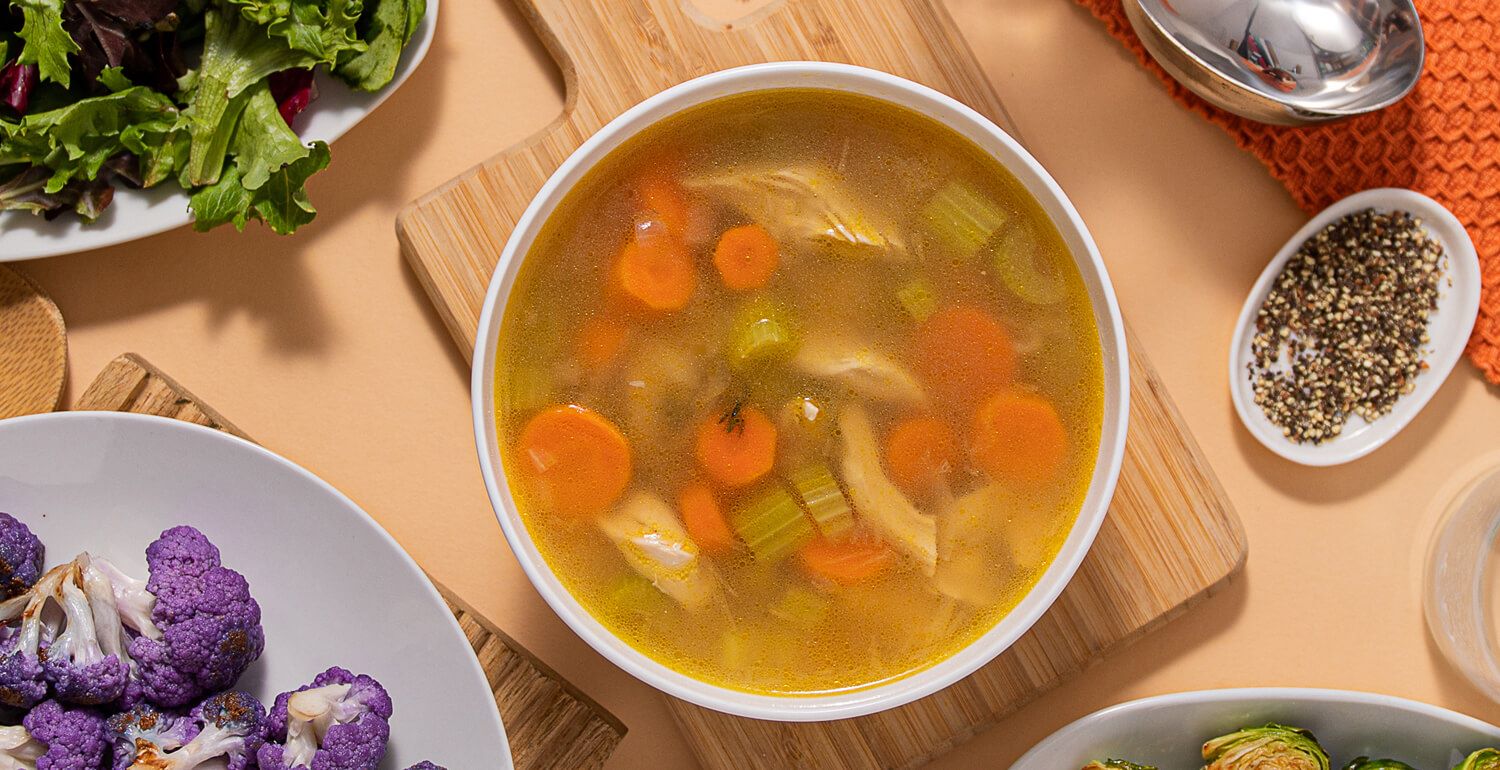

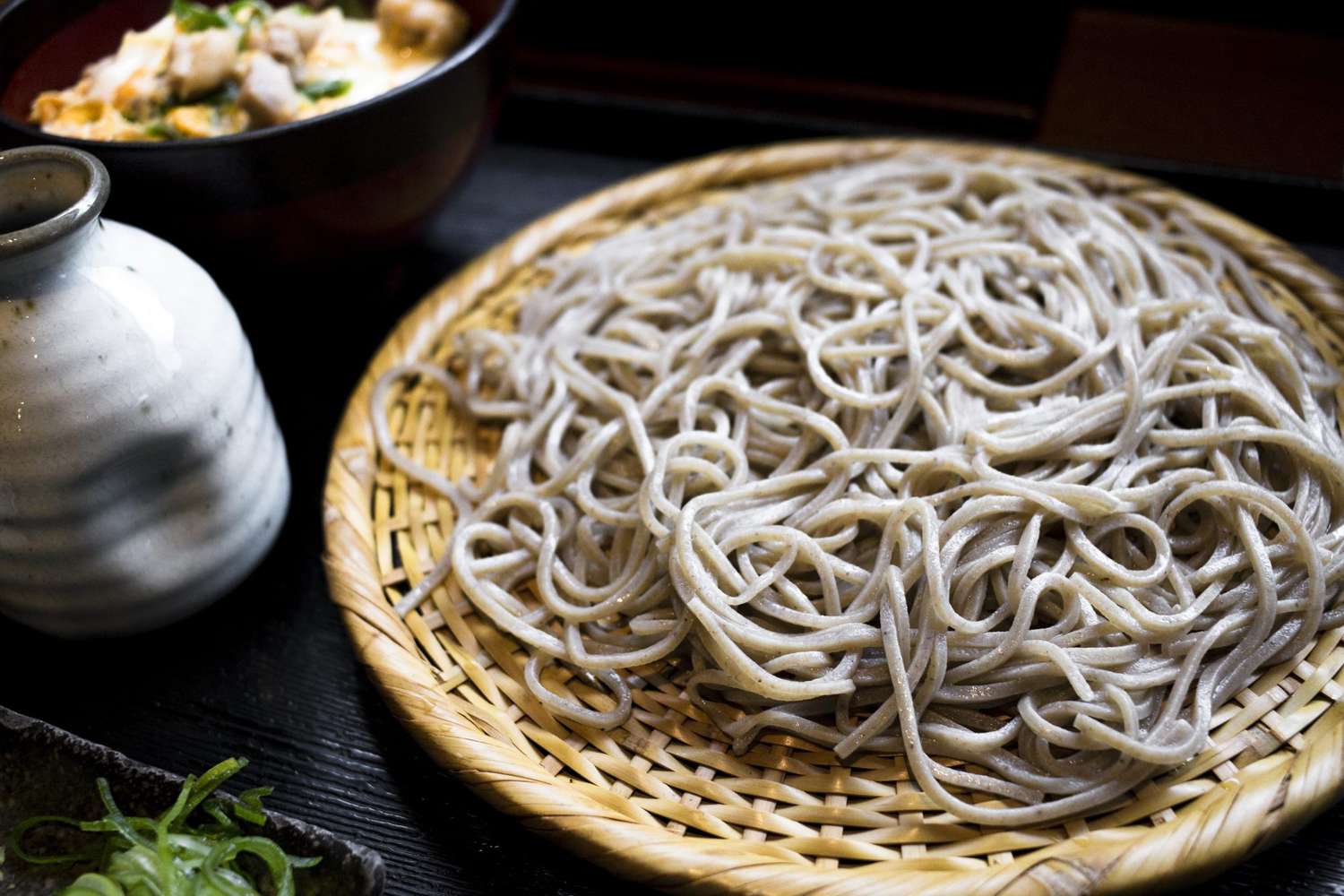
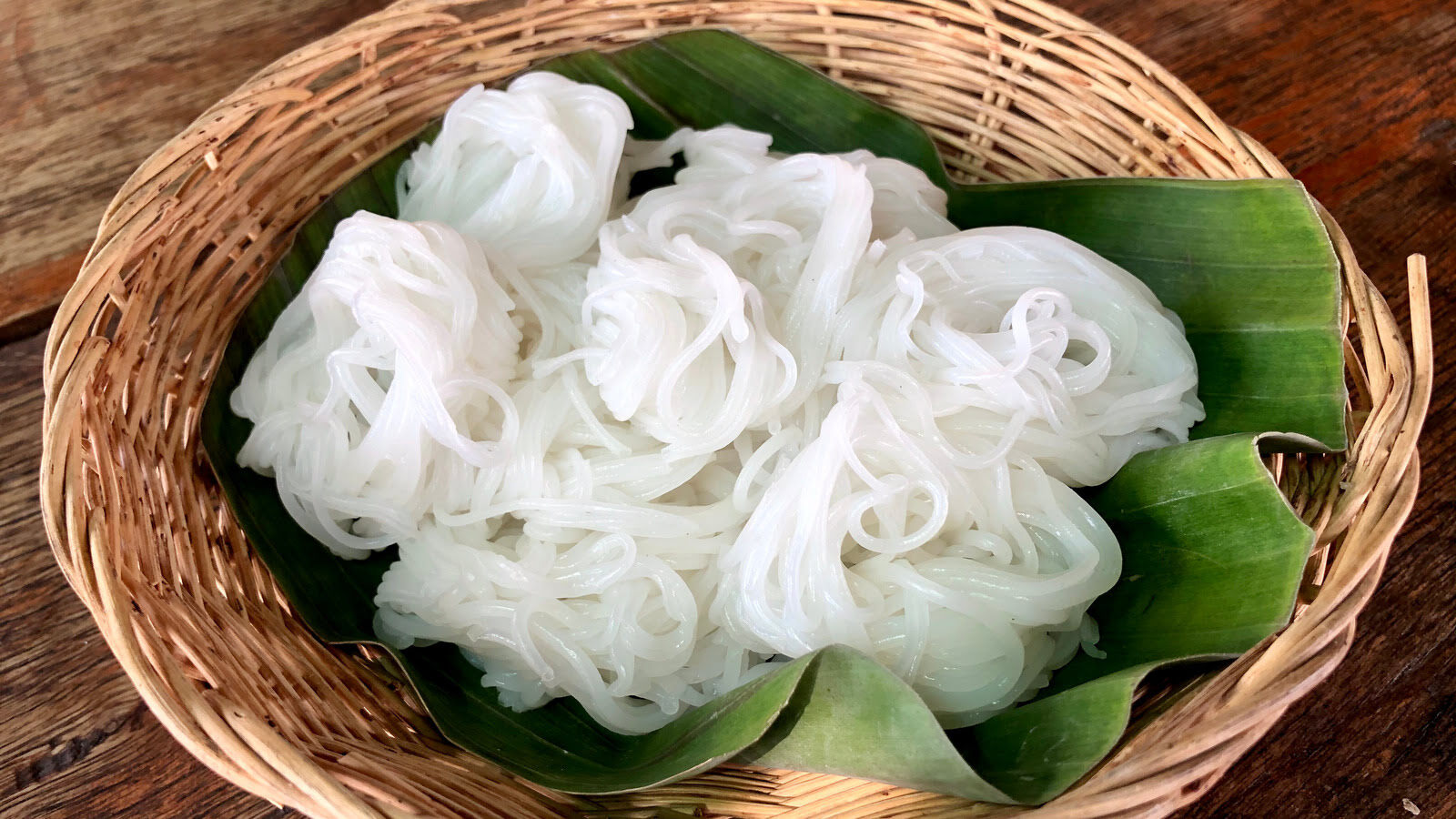


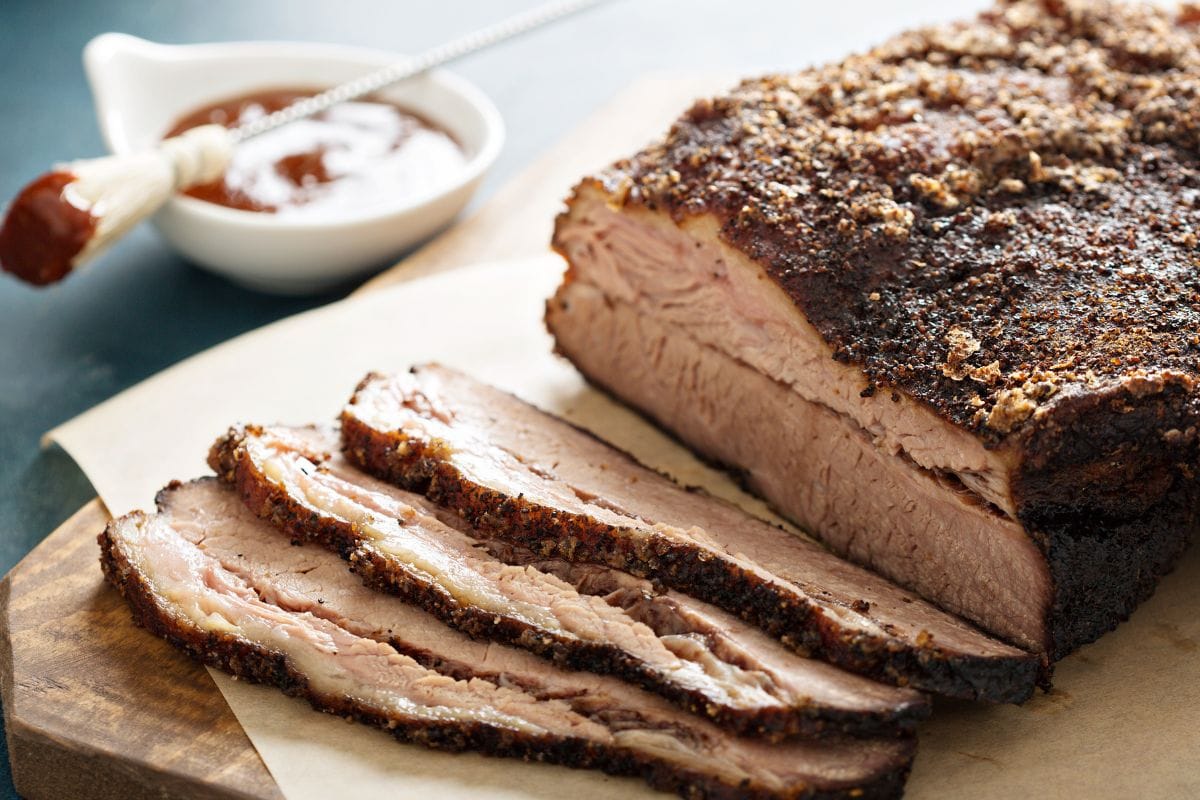



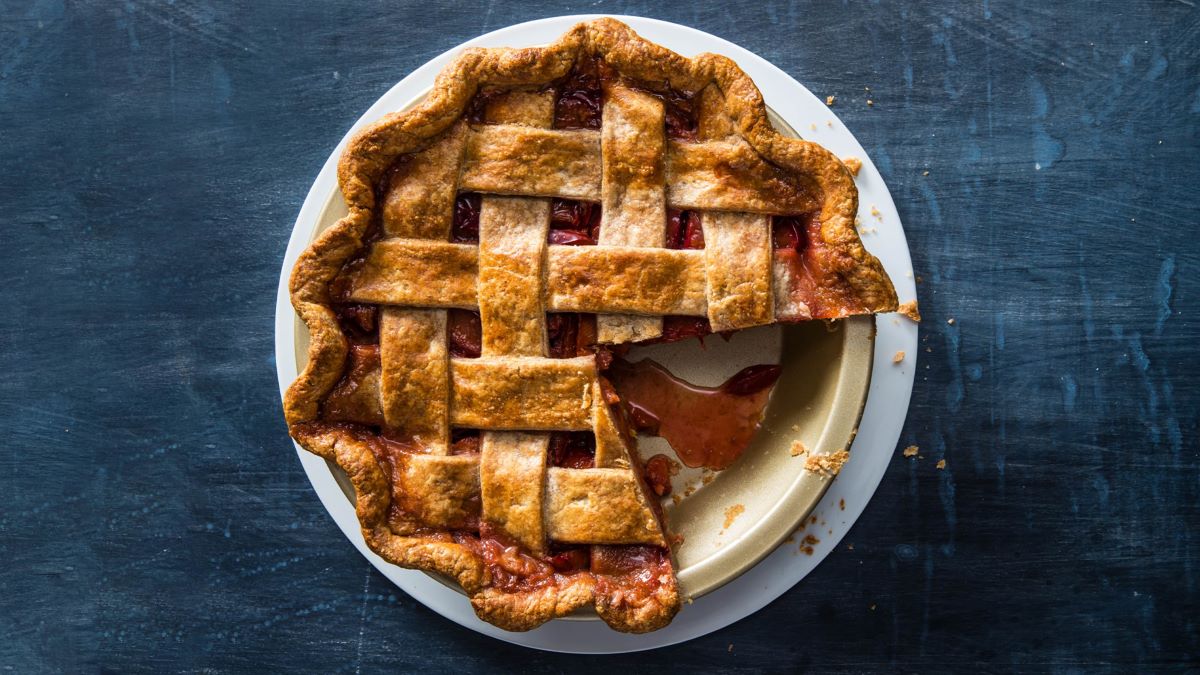
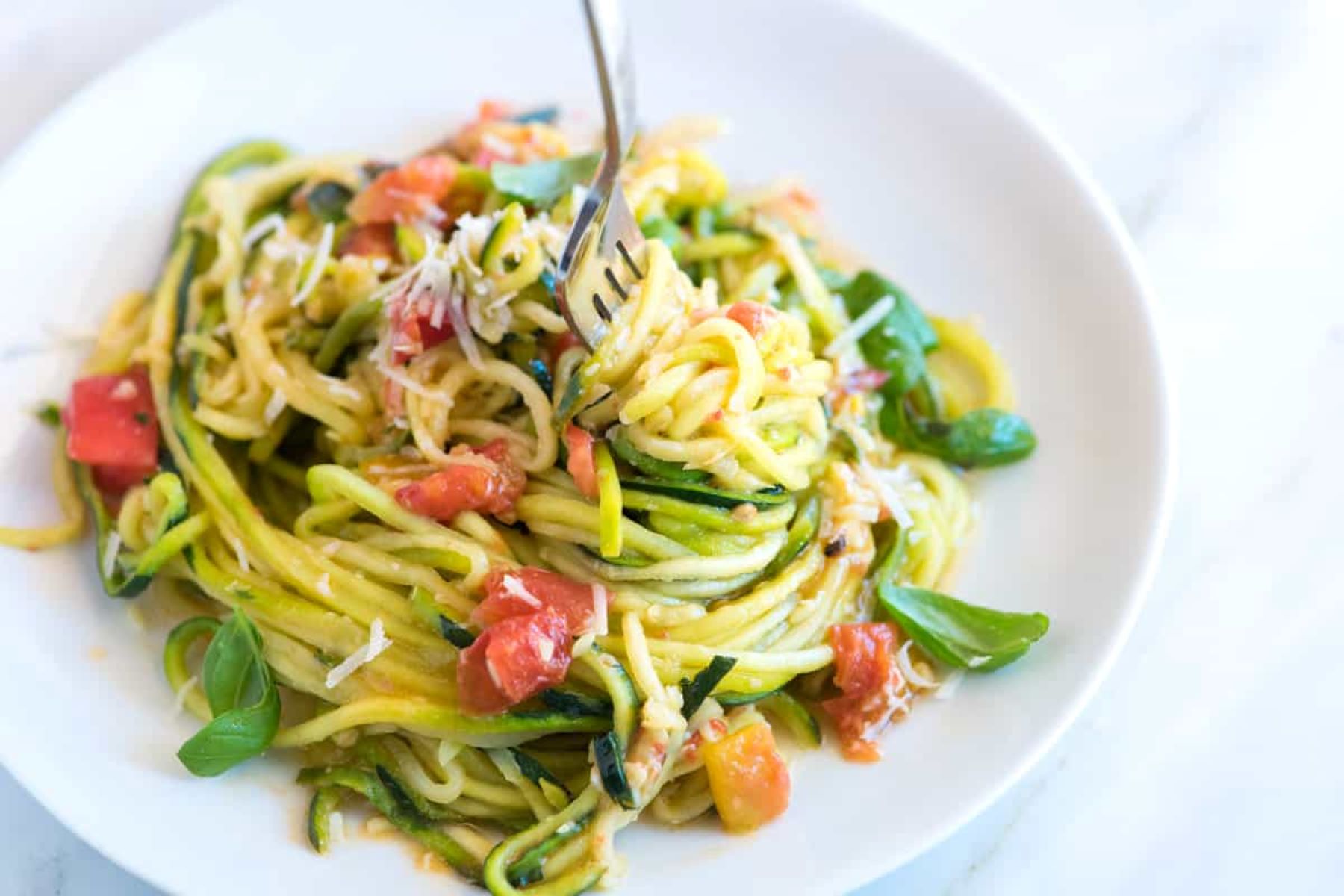

0 thoughts on “How To Store Leftover Noodles”